2022-prize winners
Here you can find the winning photographs in this year’s “European Treasures of Nature” photography competition, organised in cooperation with ‘natur’ magazine, Gelsenwasser AG and the photo shop "Lichtblick" in Constance. Our warm thanks go to all those photographers who took part!
Note: Due to equal scores from the jury, there will be two 7th places.
Tip: Click on pictures for larger view.
Banquet
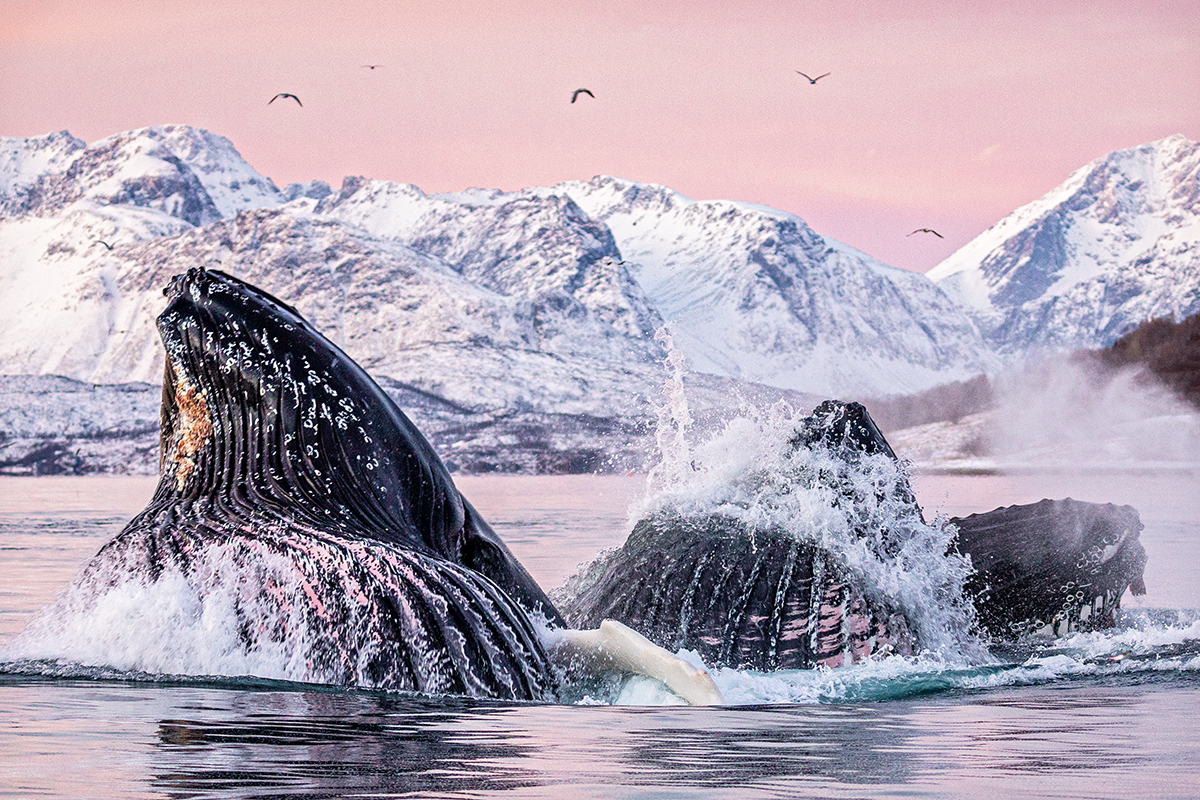
1st place: Banquet
© Andy Schmid1st place: Andy Schmid
Each winter, huge schools of herring set off on their annual migration from the open seas to the Norwegian coast. The migration of these fish sends out a call to action to their predators too, including the humpback whale. These whales swallow vast amounts of water and then force it back out through the baleen plate (the fringed brushes on the upper jaw). The herrings are trapped and go on to fill the marine mammal’s stomach.
Hungry young
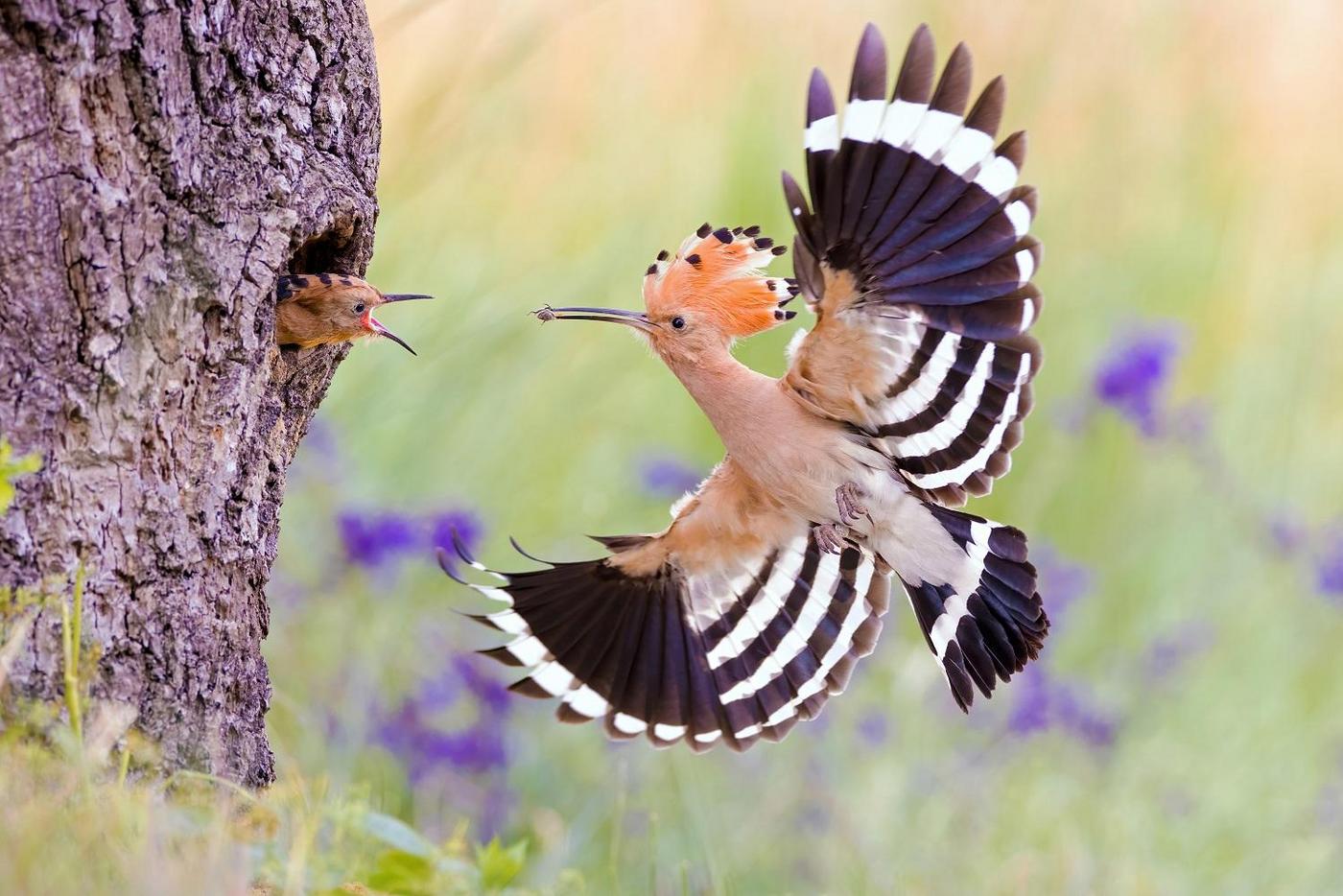
2nd place: Hungry young
© Martin Demmel2nd place: Martin Demmel
Being a parent is never easy and that is true of the bird world too. They’re constantly having to find food because the little ones just can’t get enough. This hoopoe in Saxony Anhalt has preyed on a fat beetle to feed its young. These beautiful birds require a diet with a wide variety of insects – and because these have disappeared in large parts of central Europe, hoopoes have become a rare sight.
When there’s no bridge…
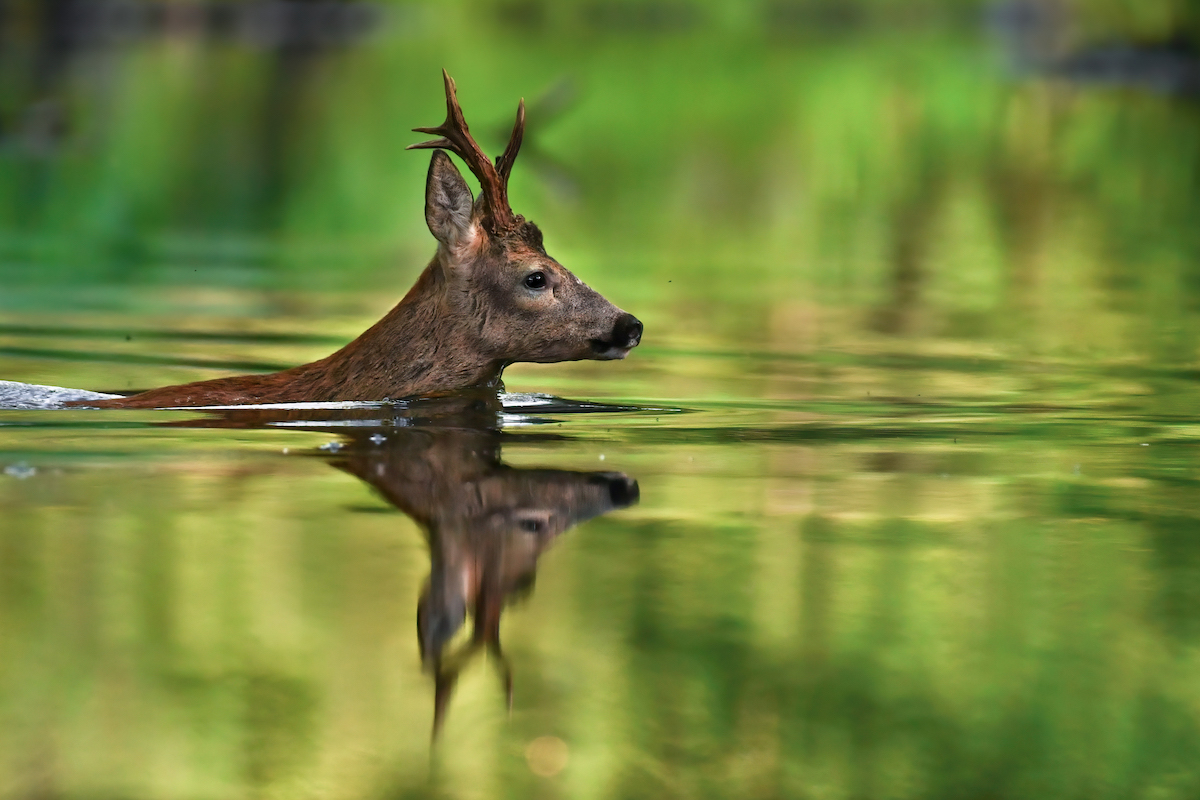
3rd place: When there's no bridge
© Luca Lorenz3rd place: Luca Lorenz
Sometimes the loveliest moments in wildlife photography are the surprises. This young photographer was actually playing a waiting game for kingfishers, when suddenly a roebuck crossed the river in front of him. Although it’s rare to see a deer swimming, these animals are actually good swimmers and are capable of crossing several kilometres of large bodies of water.
Busy bee
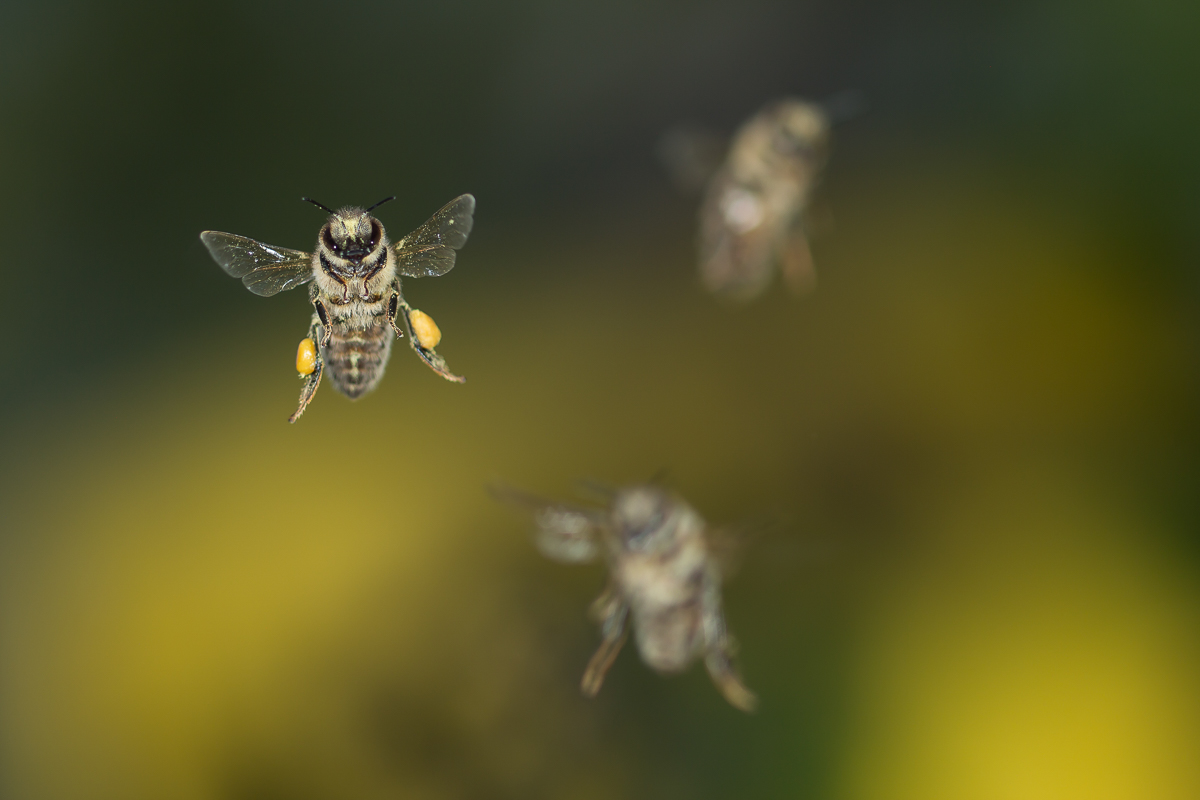
4th place: Busy bee
© Rudolf Lenhart4th place: Rudolf Lenhart
Do you know how many kilometres a honey bee covers to find a single drop of its sweet food? It can be as many as 1000 kilometres. We don’t know whether the bee depicted here travelled round whole Germany before returning to its own beehive, but its “saddlebags” (the insides of its back legs with fine, specially adapted hairs) are certainly stuffed full.
Head up
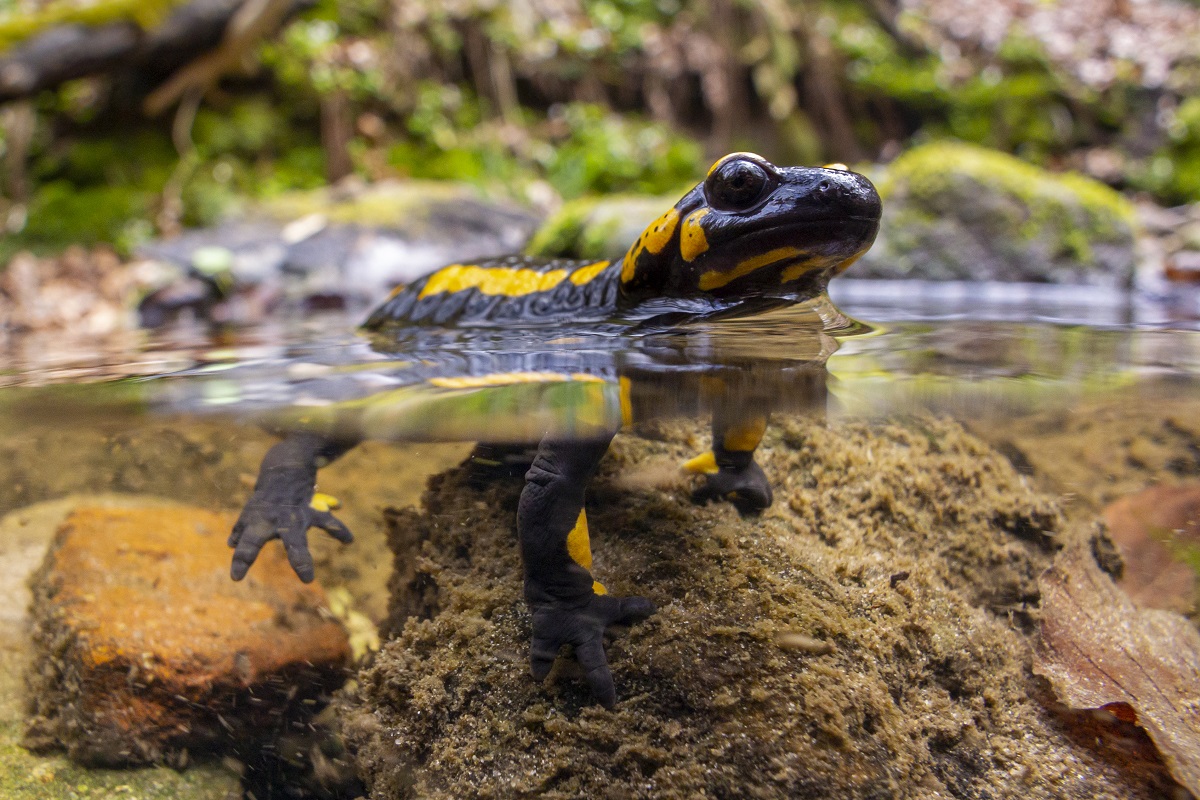
5th place: Head up
© Martin Siering5th place: Martin Siering
Patience pays, and that is certainly true in wildlife photography. The photographer of this subject waited four long years. He travelled back to the same spot in Thuringia many times, experimenting with light and cropping images, modifying his camera and spending countless hours in cold wet conditions. Finally his luck was in: the fire salamander stood still for a few seconds on its way into the water.
My friend the tree
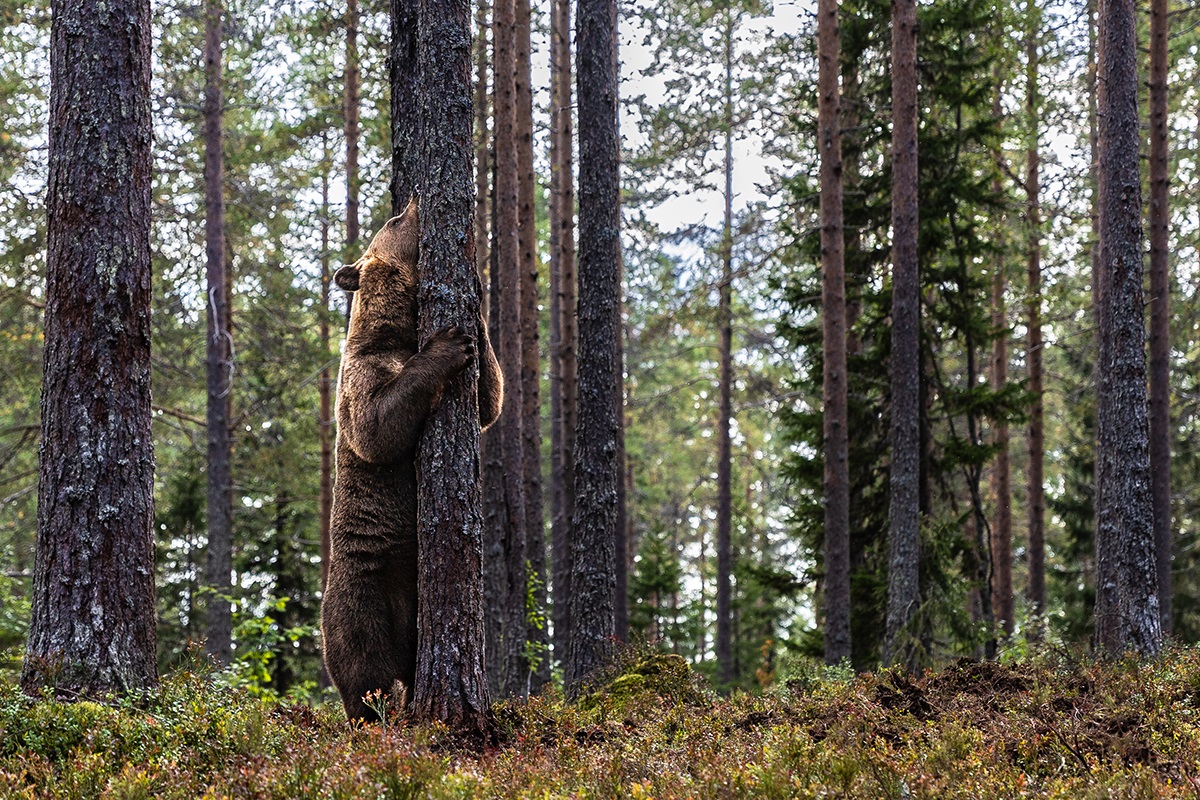
6th place: My friend the tree
© Marcus Gangloff6th place: Marcus Gangloff
This photo came from a photography hide in Finland. It looks as though the brown bear is about to rub itself up against the tree, but in reality he is trying to get at hidden food. This is put out to attract the bears. For many people living in areas with bears it can be a lucrative business – and it can often help stop the bears being shot.
Like a sir
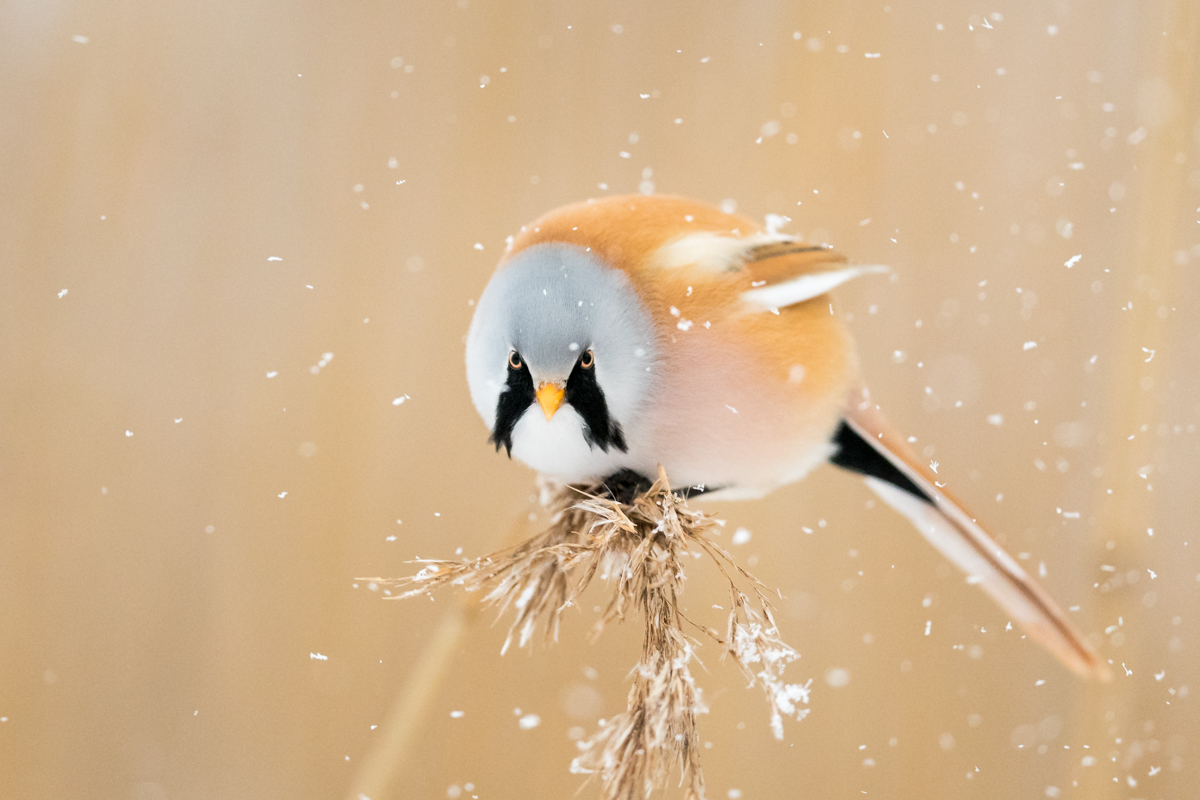
7th place: Like a sir
© Alwin Hardenbol7th place: Alwin Hardenbol
As the name suggests, the most obvious feature of the male bearded tit is its long black “moustache”. The example pictured here looks slightly annoyed. Perhaps this bearded tit was not amused by its fellow tit, which was climbing around further up in the reeds creating a snow shower. Incidentally, the bearded tit’s nearest relations are not the blue tit or the great tit but the lark.
Supper
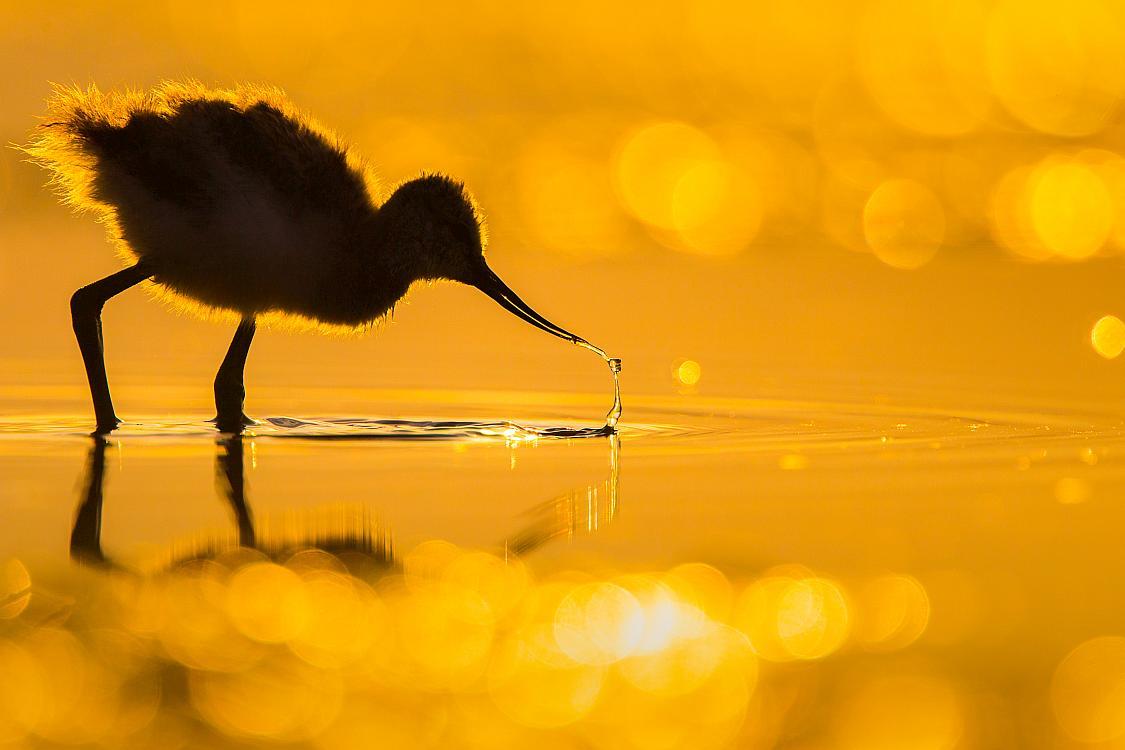
7th place: Supper
© Tamás Koncz-Bisztricz7th place: Tamás Koncz-Bisztricz
If you take a closer look at the beak of this young bird, you may already be able to guess what it will be when it’s full-grown: an avocet. Its thin upward-curving beak, unique in Europe’s bird world, makes this wader unmistakable. Moving through the shallows, with a slightly open beak going from side to side, the avocet preys on small crustaceans and insect larvae.
Delousing
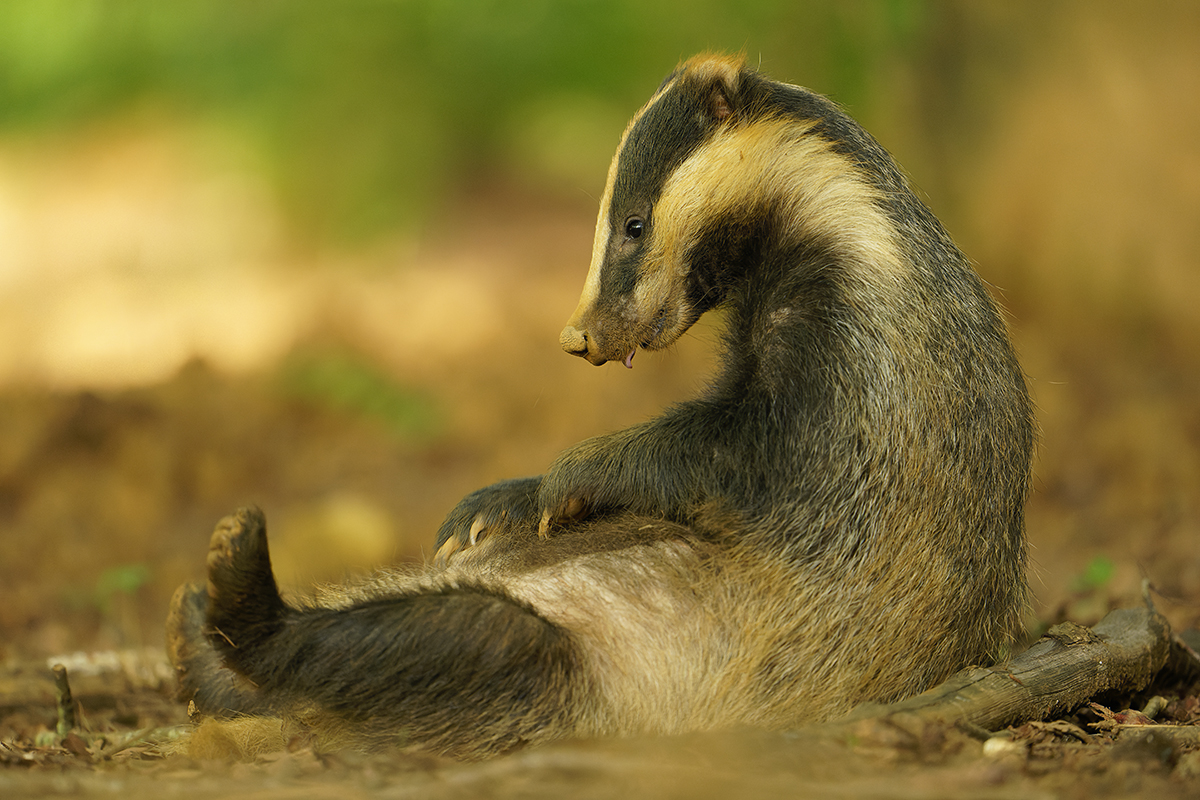
9th place: Delousing
© Philippe Drauge9th place: Philippe Drauge
The badger is a creature of habit; at any rate the photographer of this picture was able to study the almost identical daily routine of one badger family over several weeks in great detail. First they check for scent on leaving the sett, then comes delousing, playing, and hunting for food under cover of darkness. In this photo you can almost believe you can see a mischievous look on the badger’s face: delousing over, what next???
Boxer and Sprinter
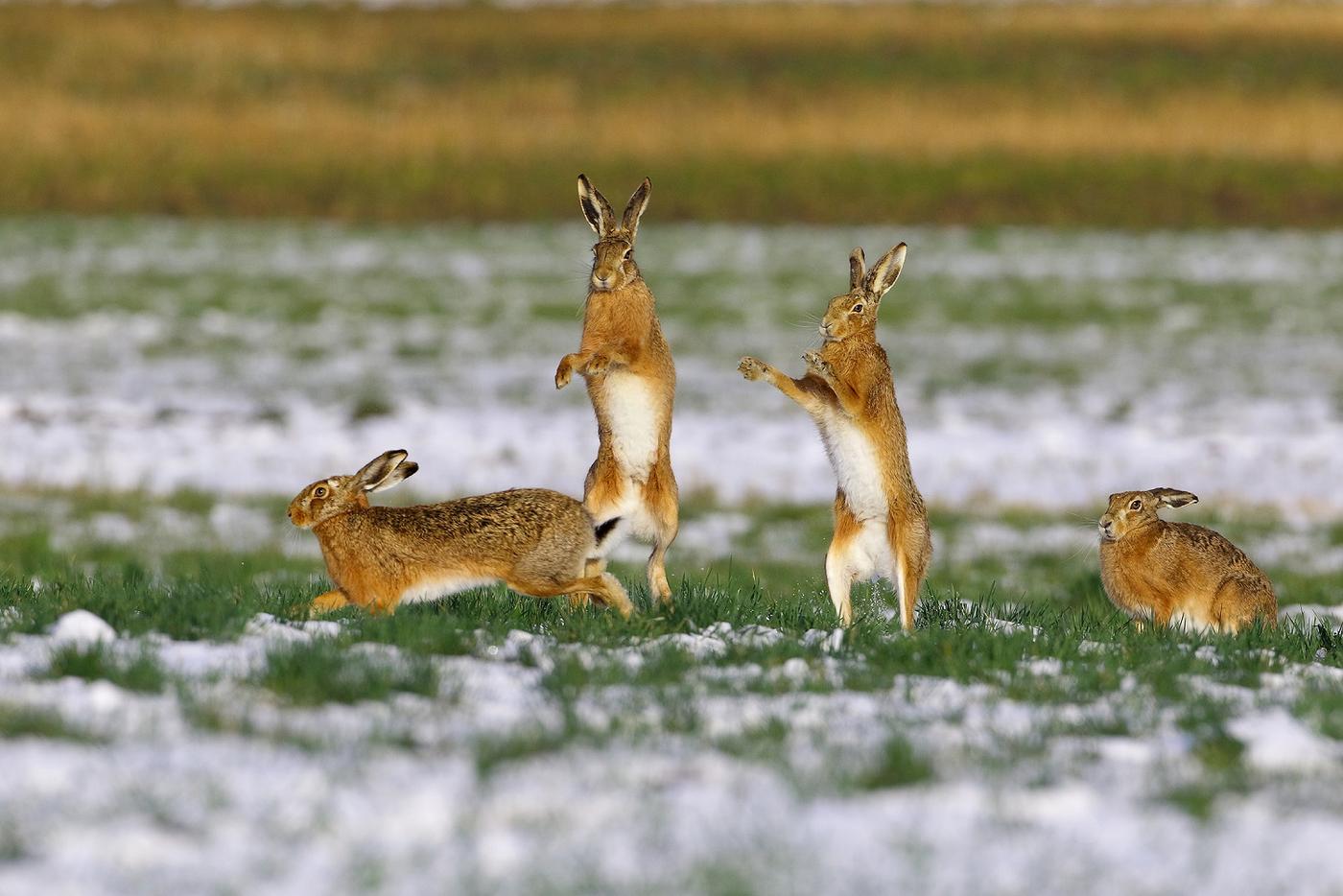
10th place: Boxer and Sprinter
© Günter Bachmeier10th place: Günther Bachmeier
To impress a female, the male hare must put his strength and stamina to the test in what are often spectacular boxing matches and races. In the past, this was a common sight in early spring, but today it is rarely seen. The populations of brown hares in Germany are falling, mainly because of more intensive agricultural practices. There are just not enough hiding places and food for the hare.
Mother-of-pearl clouds
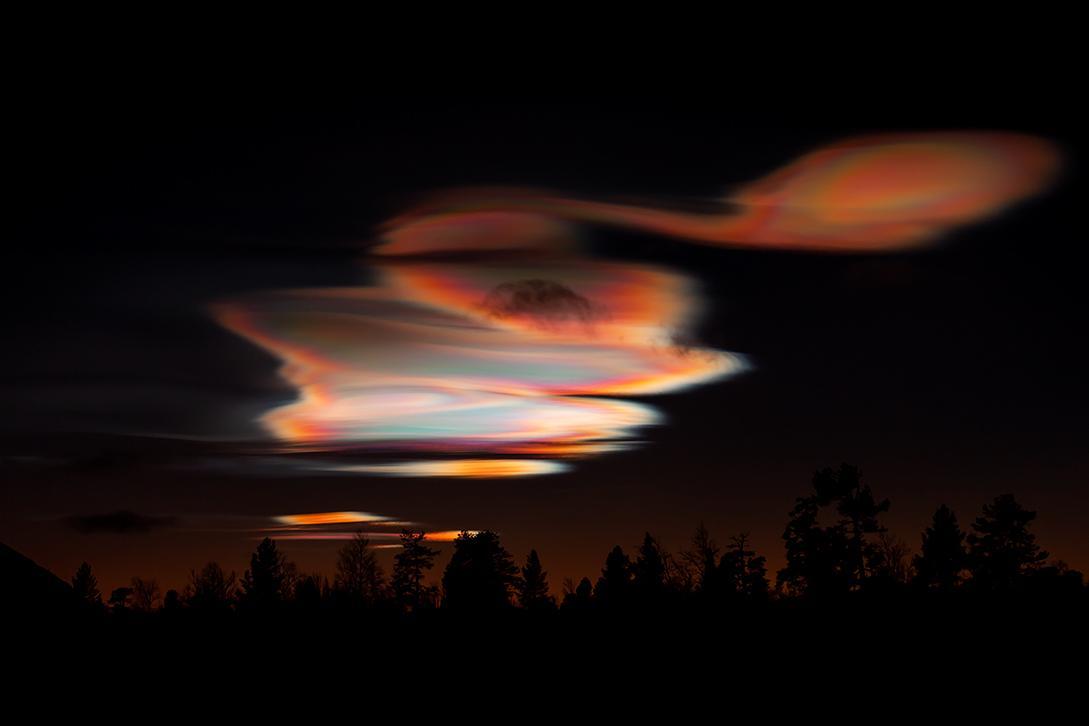
11th place: Mother-of-pearl clouds
© Stephan Wunderli11th place: Stephan Wunderli
The surreal colours seen here in the dark sky over Sweden are so-called polar stratospheric clouds. Because of their appearance, they are also called nacreous or mother-of-pearl clouds and they are found in the stratosphere at heights above 20 kilometres. For them to be seen it must be cold – and it certainly was on this late January afternoon near Kiruna. It was minus 19 degrees Celsius, but the photographer waited outside for several hours to capture this celestial display.
Sleeping beauties
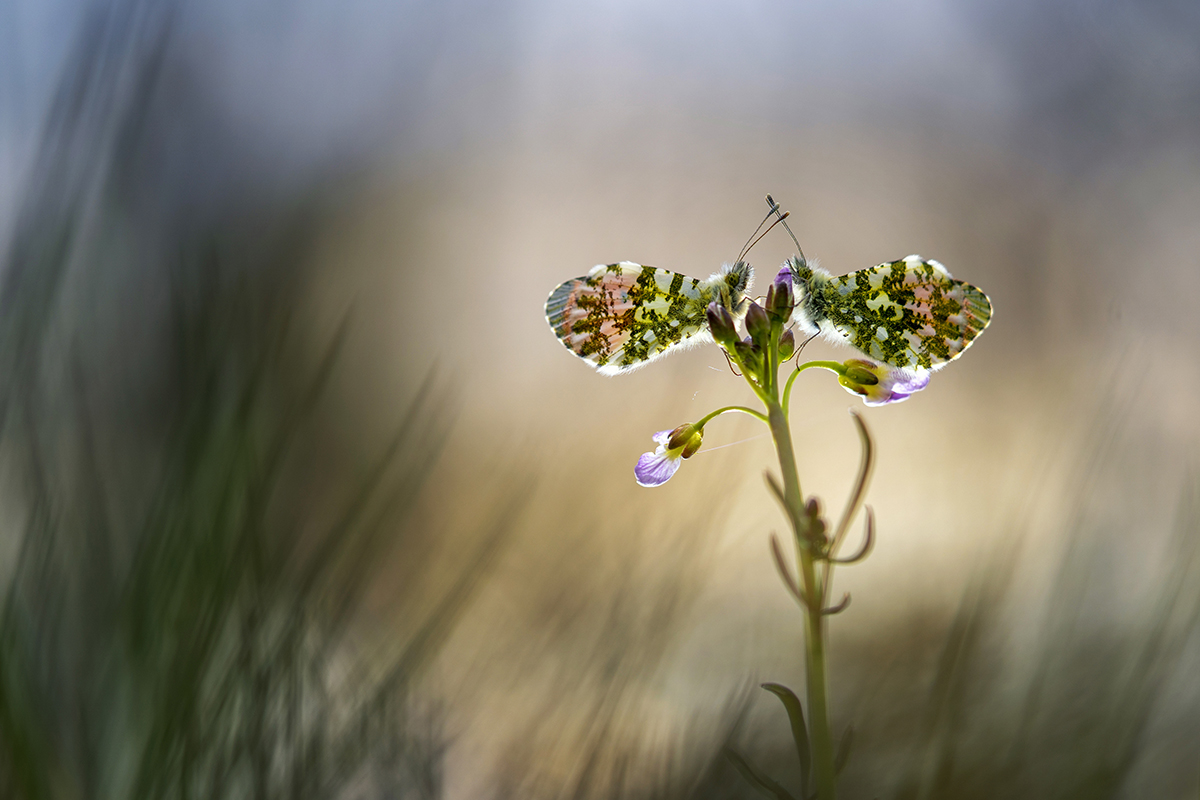
12th place: Sleeping beauties
© Karin De Jonge12th place: Karin de Jonge
Could you have identified these two butterflies found in their evening sleeping place in a meadow in the southern Netherlands? They are two male orange tips. With wings folded, they are not at all easy to recognise, but the characteristic dark orange of their forewings still shimmers through their closed wings.
Buying the calendar
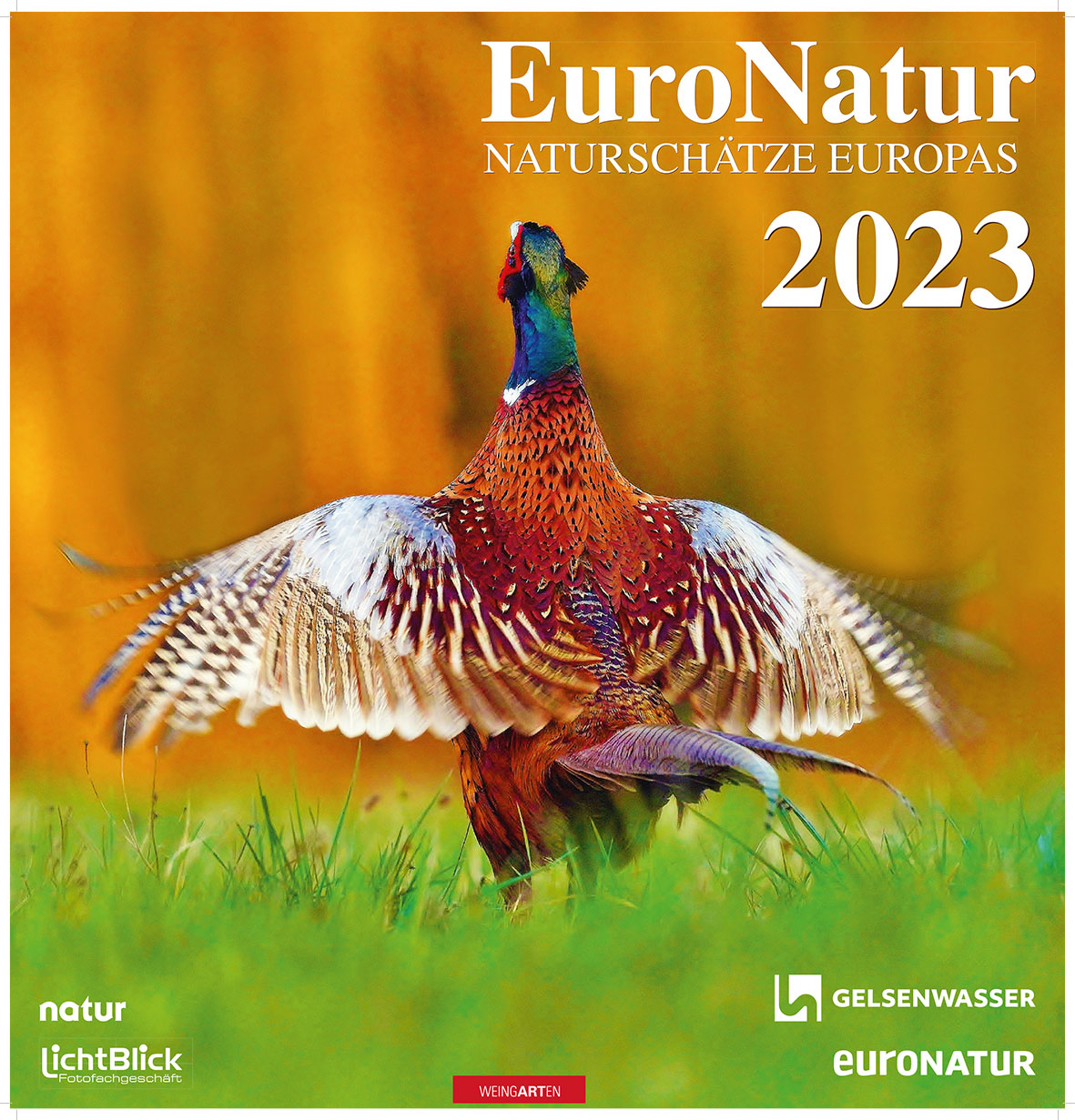
The 12 prizewinning pictures for this year’s competition can also be admired in our large format wall calendar ‘EuroNatur – Europe’s Natural Treasures 2023’, which can be ordered exclusively from EuroNatur-Service GmbH. Available for delivery from October 2022.
To the Webshop
Participate again
In early December 2022, details of how to enter our next “European Treasures of Nature” photography competition will appear on this page.
Information about our 2023 nature photography competition will also be featured in our newsletter and on social media.
Subscribe to our newsletter
Visit us on Facebook, Twitter and Instagram


